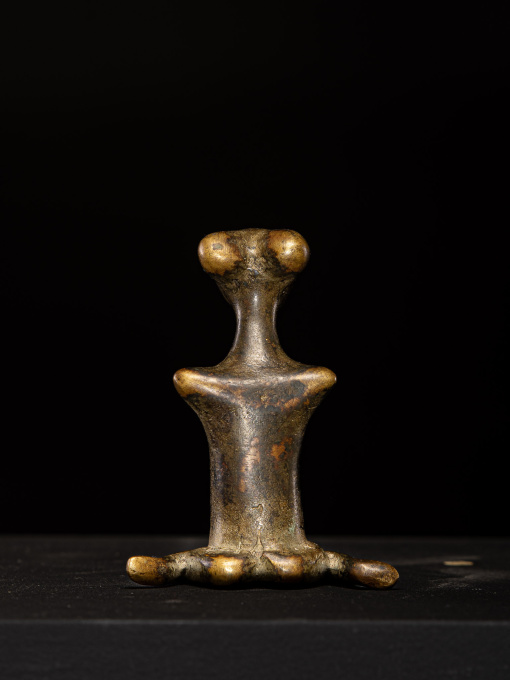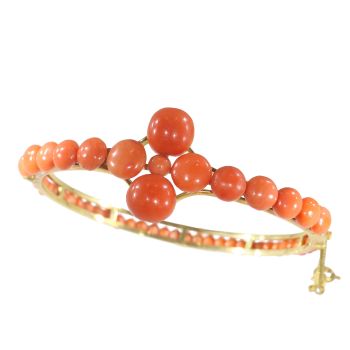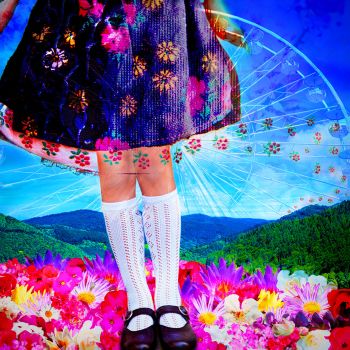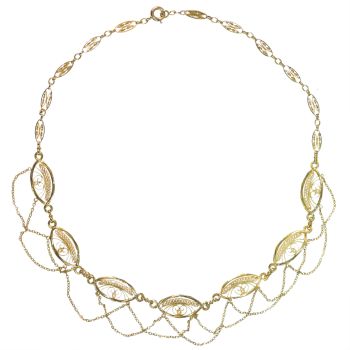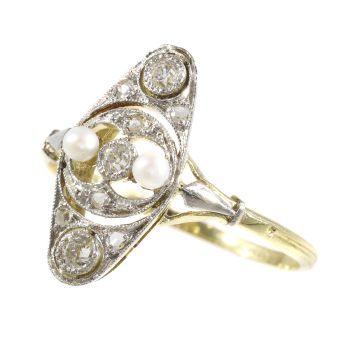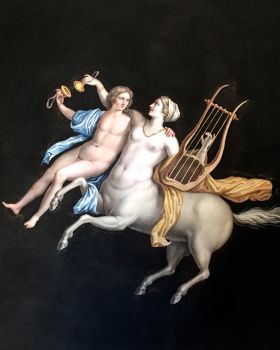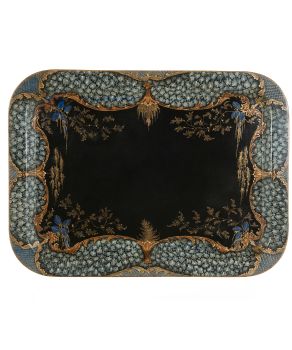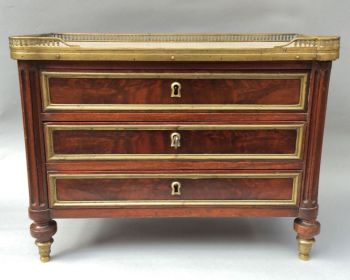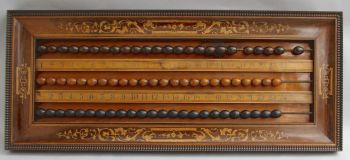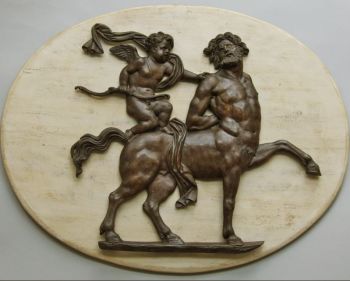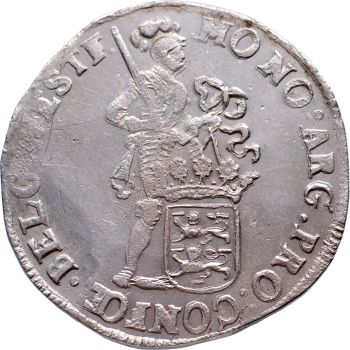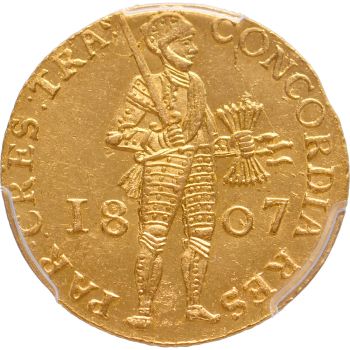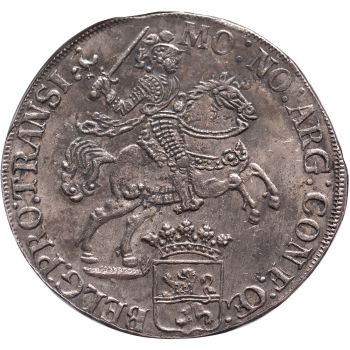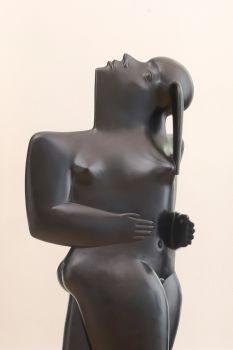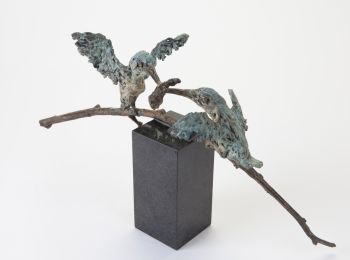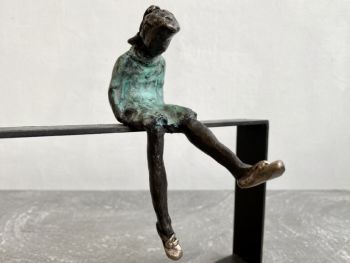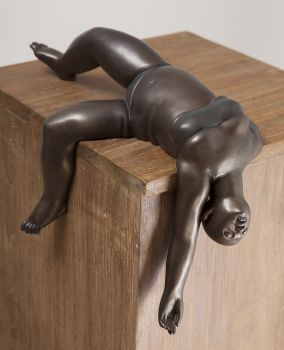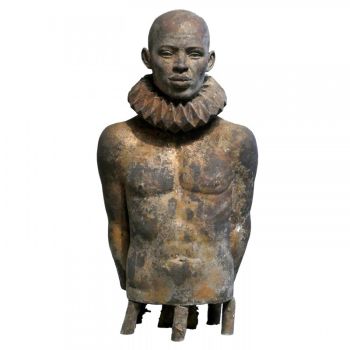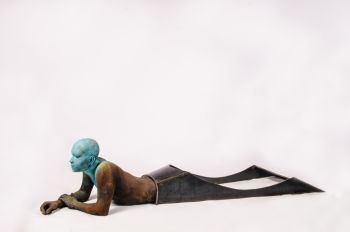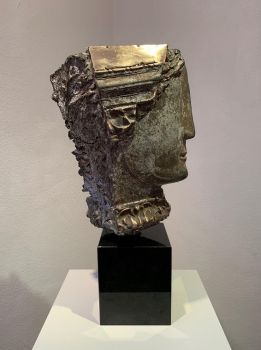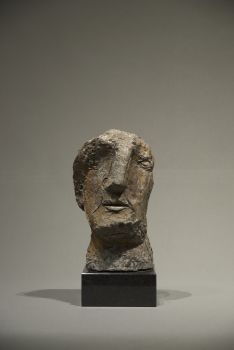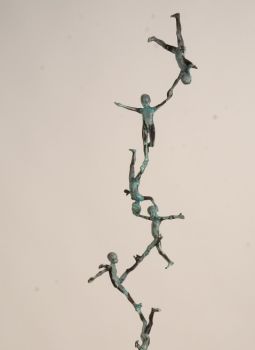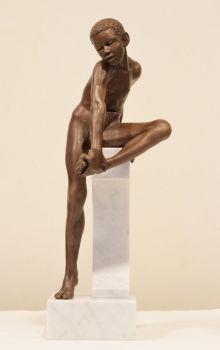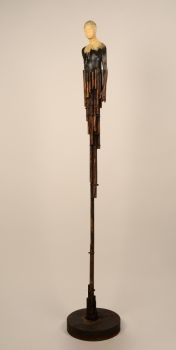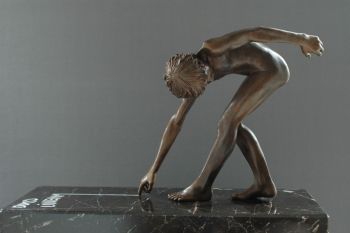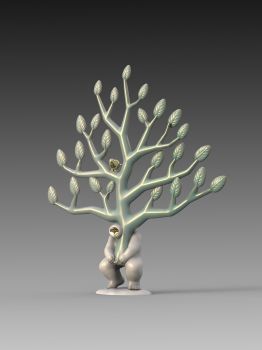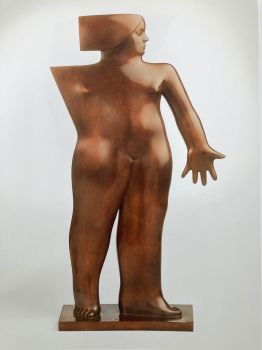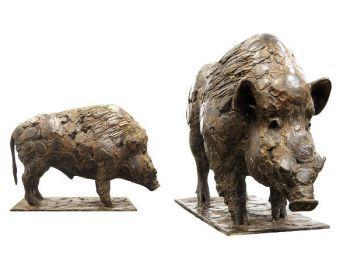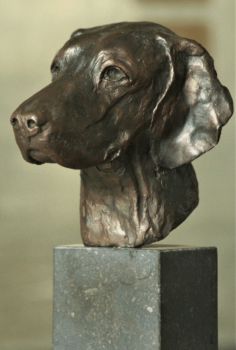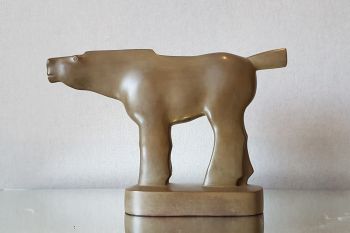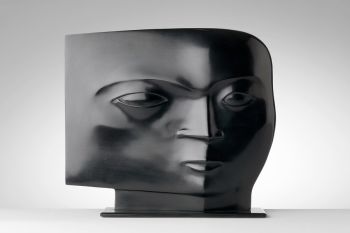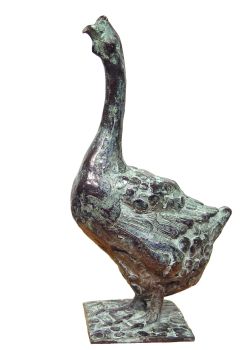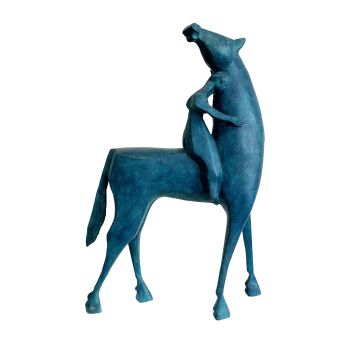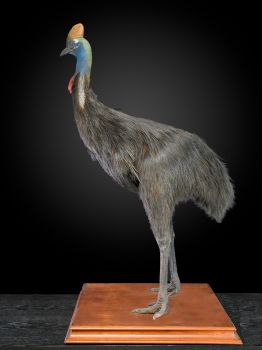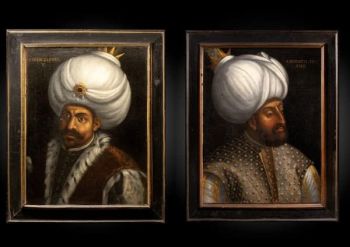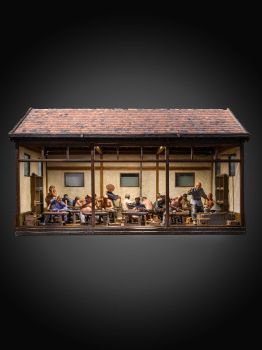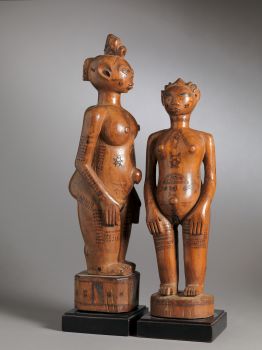Bronze sitting female statue, Kulango People, Ivory Coast 1920 - 1960
Unknown artist
BronzeMetal
13 ⨯ 3 ⨯ 2 cm
ConditionVery good
€ 9.800
Spectandum Gallery
- About the artworkThis bronze statuette of striking modernity,in a minimalist and refined style is part of an eminently small corpus. The fluidity of the forms and the remarkable purity of the figurine, characterizes the play of tension and balance of Kulango art. To the fluidity of forms is added the remarkable artistic creation of the representation. In addition to its essential dynamics, the body unfolds in a game of tension and perfectly controlled balance, the triangular face with the ophidian aspect stretched forward.See Ricqlès (Paris, 1 July 2001, no. 606) for a very comparable Kulango bronze in the collection of Hubert Goldet.The Kulango originated in the northeastern part of Cote d'Ivoire near Bouna. They eventually occupied Bondoukou (south of Bouna) as well. Some have since moved across the border from Bondoukou into the central western regions of Ghana. The basic method of lost-wax casting has been widely practiced on the African continent for centuries. While it is difficult to establish how the method was developed or introduced to the region, it is clear that West African sculptors were casting brass with this method for several hundred years prior to the arrival of the first Portuguese explorers along the coast in 1484. The technique requires a great deal of skill, involving extensive knowledge of both pottery and metalworking, and a careful attention to changing temperatures to prevent unwanted cracking or other damage to either the clay mold or to the metal sculpture during the casting process. Some of the earliest and most accomplished bronze works found in Africa date to the tenth century and are from a site called Igbo-Ukwu.
- About the artist
It might happen that an artist or maker is unknown.
Some works are not to be determined by whom it is made or it is made by (a group of) craftsmen. Examples are statues from the Ancient Time, furniture, mirroirs, or signatures that are not clear or readible but as well some works are not signed at all.
As well you can find the following description:
•“Attributed to ….” In their opinion probably a work by the artist, at least in part
•“Studio of ….” or “Workshop of” In their opinion a work executed in the studio or workshop of the artist, possibly under his supervision
•“Circle of ….” In their opinion a work of the period of the artist showing his influence, closely associated with the artist but not necessarily his pupil
•“Style of ….” or “Follower of ….” In their opinion a work executed in the artist’s style but not necessarily by a pupil; may be contemporary or nearly contemporary
•“Manner of ….” In their opinion a work in the style of the artist but of a later date
•“After ….” In their opinion a copy (of any date) of a work of the artist
•“Signed…”, “Dated….” or “Inscribed” In their opinion the work has been signed/dated/inscribed by the artist. The addition of a question mark indicates an element of doubt
•"With signature ….”, “With date ….”, “With inscription….” or “Bears signature/date/inscription” in their opinion the signature/ date/ inscription has been added by someone other than the artist
Are you interested in buying this artwork?
Artwork details
Related artworks
- 1 - 4 / 12
Unknown artist
A white jade ‘Lotus Seedpod and Bug’ carving, Qing dynasty, 18th century18th century
Price on requestMenken Works of Art
Unknown artist
Chinese gilt bronze censer, Xuande mark, 18th century, Qing dynasty18th century
Price on requestMenken Works of Art
1 - 4 / 24- 1 - 4 / 24
Unknown artist
RARE TAXIDERMY OF AN ADULT SOUTHERN CASSOWARY-CASUARIUS CASUARIUS1990 - 2000
Price on requestSpectandum Gallery
Unknown artist
Couple Wooden Ancestors Sculptures with Scarifications, Zela People, DRC. 1920 - 1930
Price on requestSpectandum Gallery
Unknown artist
MATERNITY FIGURE, FANG-MABEA, CAMEROON.PROVENANCE R.CAILLOIS-P.RATTON.1920 - 1930
Price on requestSpectandum Gallery
1 - 4 / 12



